Dry Mustard Powder---an Everyday Gourmet Secret
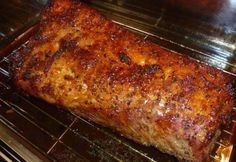
My Grandma Jacobson used to make a paste for coating her pork roasts that was spectacular. She’d slather it all over the roast. It held the juices in while the meat cooked and added an incredible flavor. It was a dry mustard paste.
I was browsing through my recipes (those I still haven’t loaded into my Cook’n 12) and I found her recipe for this paste. (I use the word “recipe” loosely. Grandma didn’t measure and her instructions just say to mix a couple handfuls of flour with a large bit of dry mustard and add water to make a paste.) Anyway, it got me to wondering what other things dried mustard is good for.

One other use I have personal experience with: I used to make a paste of flour, dried mustard, camphor oil, egg, shortening, and water that I used as a 1 st aid chest plaster when my kidlets got chest colds. This was amazing at busting up congestion and comforting aching bodies (I had to watch it closely though, as it could burn the skin). Maybe you’ve used this as well? If not, here’s the recipe:
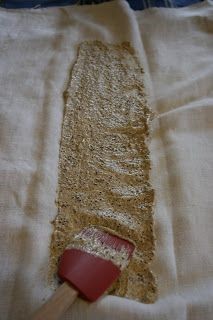
1ST AID MUSTARD PLASTER
1 egg
2 tablespoons shortening
1 teaspoon camphor oil
1 tablespoon dry mustard
Flour (to thicken mixture)
Water (to make it a spreadable consistency)
Mix all ingredients together and spread evenly over a flannel cloth (cut to the size of the patient’s chest). Apply cloth, plaster side down, to chest. Check periodically; this can burn the skin.
Besides 1st aid, and coating pork roasts, what else can you do with dry mustard? Well, the great website, Our Everyday Life, shared some ideas. See what you think:
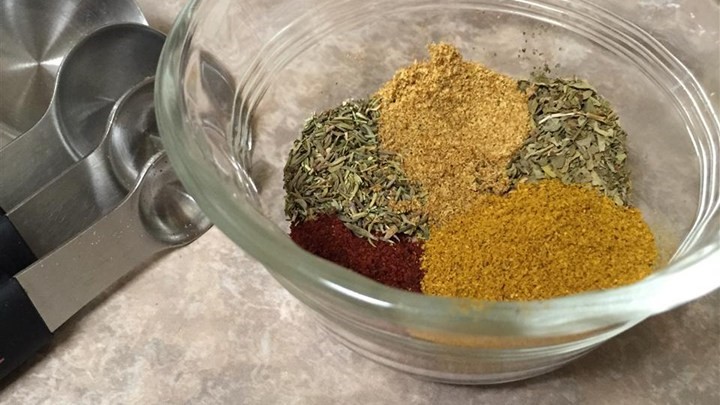
Make your own spice rubs with dry mustard. Dry mustard works in a variety of spice rubs. Salmon, for example, can be crusted using dry mustard powder, salt, brown sugar and dill. Or add dry mustard, paprika, rosemary, thyme, salt, and pepper to make a classic rub for beef cuts. And besides pork, dry mustard can also be used on chicken.
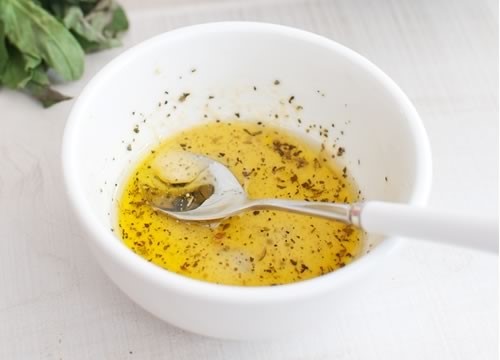
Use it when making vinaigrettes. Just like yellow mustard, dry mustard powder can be used to make vinaigrettes and salad dressings. A vinaigrette is a lighter salad dressing made from a mixture of vinegar or wine, oil and seasonings. Combine dry mustard powder with red wine, lemon juice, bacon fat, garlic, and Worcestershire sauce for a distinctive, rich dressing. A favorite mustard vinaigrette combines dry mustard powder, garlic, balsamic vinegar, olive oil, parsley, thyme, and pepper. While this adds a nice flavor to 3-Bean Salad, most chefs advise that dry mustard-based vinaigrettes work best with mixed green salads.
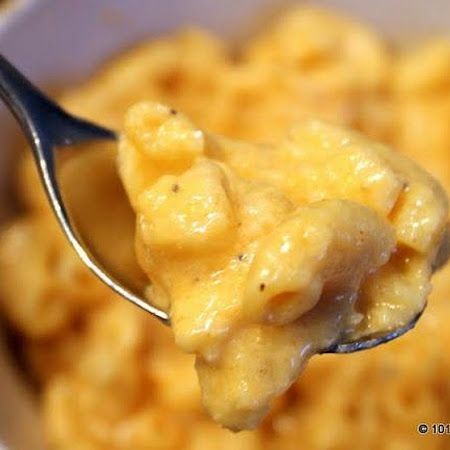
Give your sauces and soups a distinct flavor kick with dry mustard. When dry mustard is sprinkled into sauces, it adds a distinct tangy flavor. Cheese sauces, for instance, take on a whole new personality with dry mustard powder added to them. Because dry mustard is acidic, it can help cut through the creamy, fatty taste of a rich cheese sauce. Macaroni and cheese especially benefits from this touch. Au gratin potatoes is another dish that really benefits from the addition of dry mustard powder.
And pan sauces, such as those made from chicken drippings, also sparkle from a sprinkle of dry mustard powder. Finally, add additional depth to a cream soup, such as broccoli or potato, by adding in a teaspoon or more of dry mustard powder.
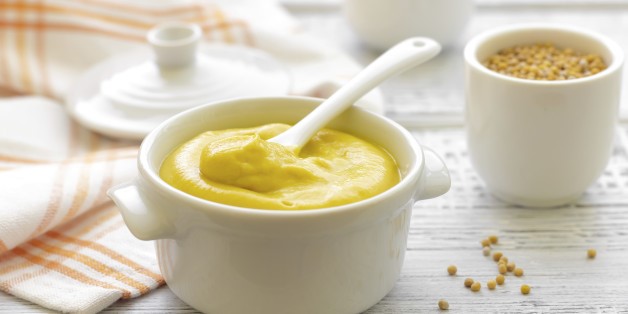
Make your own mustard with dry mustard powder. I conclude with the obvious. Dry mustard powder can be reconstituted and turned into yellow mustard. It’s a quick and easy trick if you run out of yellow mustard. Also, by making your own mustard, you’re in control of the flavor. You can add garlic for additional flavor, pickle juice or turmeric for a new twist on a classic condiment. While some recipes call for mustard seed in addition to mustard powder, you can still make a homemade mustard without the seeds -- the seeds add a more powerful flavor, but this can be done by increasing the amount of mustard powder you use. Give this recipe a try:
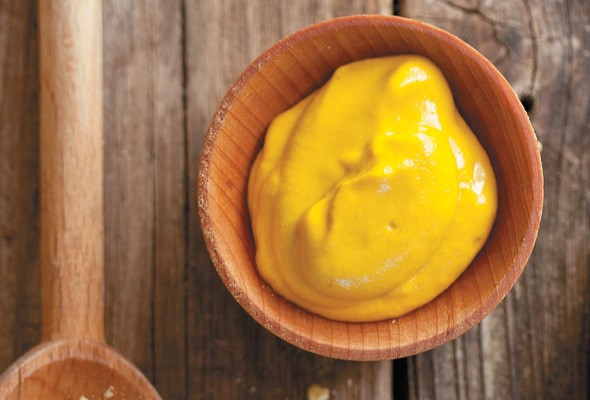
MUSTARD FROM SCRATCH (yield: 1 ½ cups)
1 cup cold water
3/4 cup yellow dry mustard
3/4 teaspoon coarse sea salt or kosher salt
1/2 teaspoon ground turmeric
1 teaspoon garlic purée, or 1/8 teaspoon garlic powder
1/8 teaspoon paprika
1/2 cup white distilled vinegar
1. Place the water, dry mustard, salt, turmeric, garlic, and paprika in a small nonreactive saucepan and whisk until smooth. Cook the mixture over medium-low to low heat, stirring often, until it bubbles down to a thick paste, 30 to 45 minutes. [Note: You’re definitely going to want to do this in a well-ventilated kitchen. Trust me.]
2. Whisk the vinegar into the mustard mixture and continue to cook until it’s thickened to the desired consistency—you know, the usual prepared mustard consistency, which ought to take anywhere from 7 to 15 minutes.
3. Let the mustard cool to room temperature. Transfer the mustard to an airtight container, cover, and refrigerate for up to 3 months. The mustard will be
quite pungent the first few days or even weeks, but will mellow with time.
- www.pinterest.com
- www.allrecipes.com
- www.reluctantgourmet.com
- www.huffingtonpost.com
- www.leitesculinaria.com
 Alice Osborne
Alice Osborne
Weekly Newsletter Contributor since 2006
Email the author! alice@dvo.com
